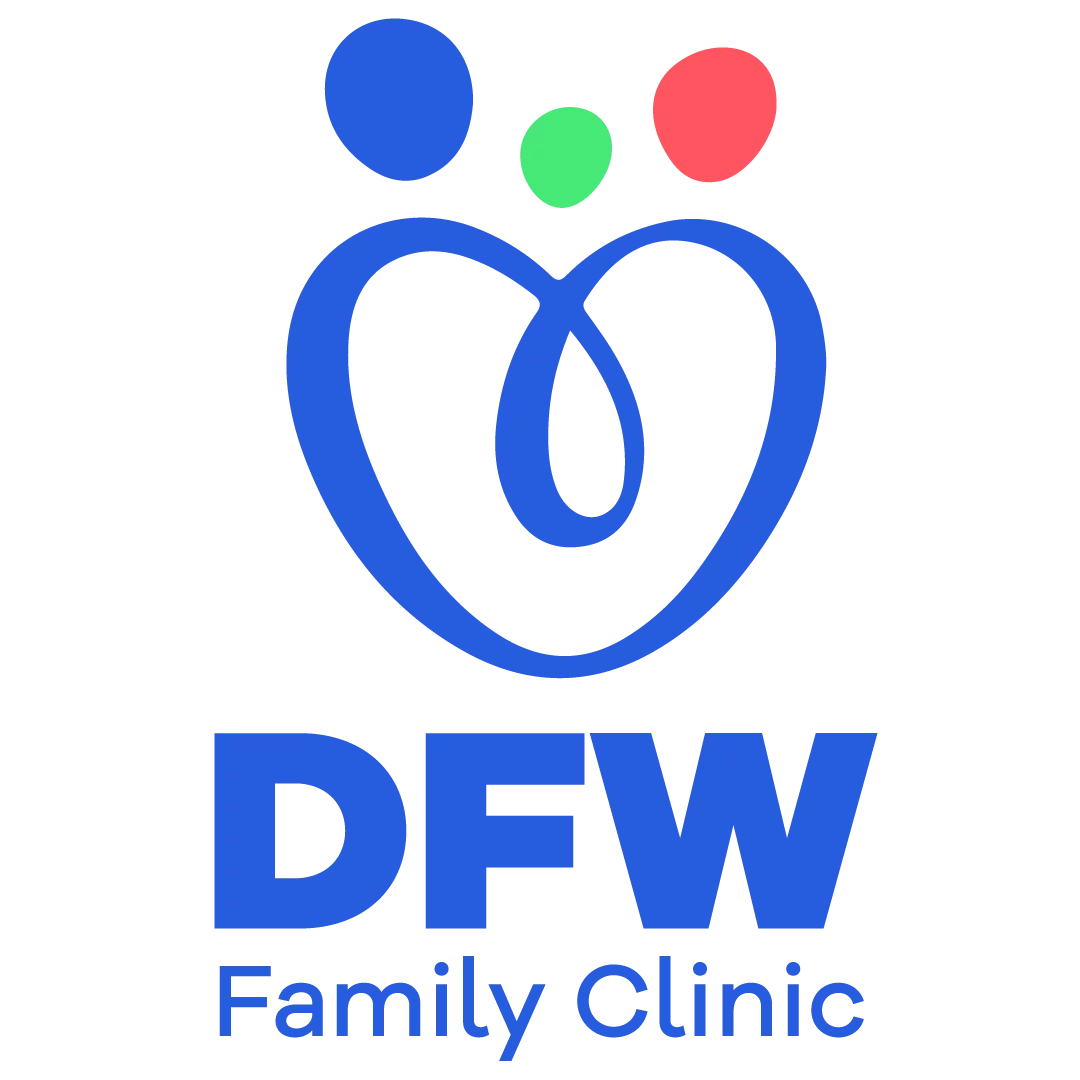National Cholesterol Education Month, which is celebrated in September, is dedicated to promoting a healthy lifestyle by raising awareness around the dangers of high cholesterol levels. Today, more than 100 million Americans over the age of 20 have worrisome cholesterol levels. This is directly linked to one of the leading causes of death in the United States: heart disease. Fortunately, there are easy actions you can follow to take care of you and your family’s health. Learn what changes to make in your day-to-day to reduce your risk of heart failure, stroke, and other conditions resulting from elevated cholesterol levels.
Causes and Risk Factors for High Cholesterol
Cholesterol is naturally found in our bodies and it is necessary for various bodily processes like cell building, fat evacuation, and hormone production. That’s why you need to understand which type of cholesterol positively impacts your well-being and which one puts you at risk of complications. First, we have HDL, the good cholesterol. It is produced by your liver and performs crucial functions in your body. Then, we have LDL cholesterol, the bad one. It is found in foods that are high in saturated fats and can build up in your arteries, eventually narrowing or even blocking them.
There are several risk factors that contribute to high cholesterol:
- Poor diet: Eating foods high in trans fats and saturated fats can raise your cholesterol levels. Foods like red meat, fried chicken, and french fries can affect your health when consumed too often.
- No exercise: Having a sedentary lifestyle will increase your risk of developing heart disease.
- Weight: Anyone, regardless of their weight, can suffer from high cholesterol levels. However, obesity has been linked to elevated LDL and low HDL levels, and cardiovascular issues.
- Unhealthy habits: Alcohol and cigarettes are responsible for a number of conditions, including high LDL. In addition, drinking too much can raise your blood pressure, while smoking can narrow your blood vessels. This puts you in greater danger of cardiovascular problems.
- Age: Cholesterol levels naturally increase with age. However, if you develop high LDL levels in your 30s or younger, you could face long-term consequences.
- Genetics: Although it is not the most common cause, high cholesterol can be inherited. Familial hypercholesterolemia (FH) is a genetic condition in which a person is born with high LDL cholesterol.
When Should You Get Your Cholesterol Levels Checked?
One of the main reasons why high cholesterol is so dangerous is because it shows no symptoms. It is usually detected when it’s too late – after a heart attack or stroke. This is exactly why you should get your cholesterol levels checked regularly. Considering that 7% of American children have alarming cholesterol levels, it is recommended to take the first cholesterol test between the ages of 9 and 11. Those at low risk for cardiovascular disease should get checked every five years. But if you present one or more of the risk factors mentioned above, it is highly recommended that you have checkups more frequently.
Getting your cholesterol checked is very simple. The screening is done with a blood test called a lipid profile. It measures four types of fats: Low-density lipoprotein (LDL) cholesterol, high-density lipoprotein (HDL) cholesterol, triglycerides, and total cholesterol. You should ask your doctor how to prepare for the test. Normally, they will ask you to fast for 8 to 12 hours before your appointment. When you get your results, be sure to discuss your levels with your doctor according to your age and other particularities like your family history and gender.
Here is what your cholesterol screening results can mean:
| Optimal | High | Very high | |
| LDL (bad) cholesterol | Less than 100 mg/dL | 160 to 189 mg/dL | 190 mg/dL and higher |
| Triglycerides | Less than 150 mg/dL | 200 to 499 mg/dL | Above 500 mg/dL |
| Total cholesterol | Less than 200 mg/dL | 200 to 239 mg/dL | At or above 240 mg/dL |
As for HDL (the good cholesterol), it should be above 40 mg/dL, but ideally above 60 mg/dL to offer you full health benefits.
Healthy Habits to Lower Your Cholesterol Levels
If your levels are between the high and very high range, it’s recommended to make lifestyle changes, and depending on your specific condition, you may need to take medication. You should reduce your intake of foods high in trans fats and saturated fats. Also, you should increase your consumption of foods rich in fiber and omega-3 like salmon, walnuts, and fruits.
Other changes you can make are: adopt an exercise routine, reduce your alcohol intake, start a weight management program, and quit smoking. Your exercise routine doesn’t have to be anything too drastic. For example, you could take a brisk walk for 30 minutes daily. The key is to be consistent with your lifestyle changes, maintain a balanced diet, and follow a healthy routine.
At DFW Family Clinic, you will find the support you need. We will guide you through the process of monitoring and controlling your cholesterol levels. Each patient needs to make specific changes according to the particular causes of their high cholesterol levels. We offer you specialized help that will guarantee improvements in your health. Remember that high cholesterol levels do not show symptoms, and the fas







